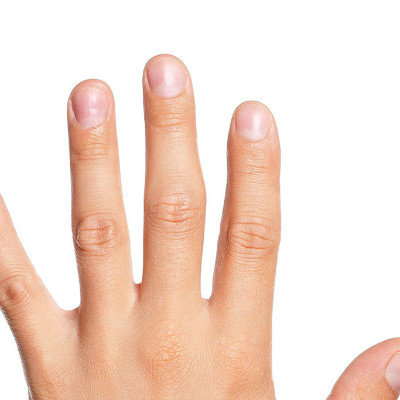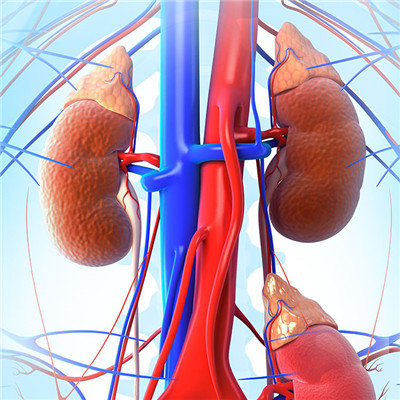Symptoms of hepatitis B and hepatitis A
summary
In clinic, hepatitis A and hepatitis B belong to viral hepatitis. Although the final result of hepatitis A and hepatitis B is to cause liver lesions or damage, due to different types, the damage to the human body will be different. So how to distinguish them? Let's have a detailed understanding.
Symptoms of hepatitis B and hepatitis A
Acute hepatitis B: it can be manifested as acute jaundice type and acute non jaundice type. Acute jaundice type can have typical clinical manifestations, such as low fever, fatigue, anorexia, nausea, vomiting, anorexia, abdominal distension, liver pain, urine yellow as tea water, etc. some patients may even have a temporary light stool color, skin pruritus, liver tenderness and percussion pain, while acute non jaundice type is more insidious with mild symptoms, such as mild fatigue, anorexia, nausea and vomiting Nausea and other discomfort, rapid recovery, often physical examination and laboratory tests were found.
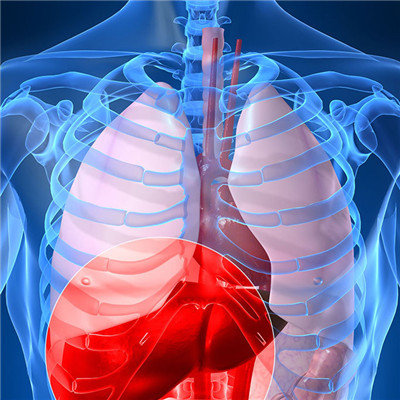
Chronic hepatitis B: fatigue, fatigue, loss of appetite, greasiness, etc. The common signs are liver disease, face, liver palm, spider nevus, splenomegaly and so on. Some patients developed liver cirrhosis or liver cancer.
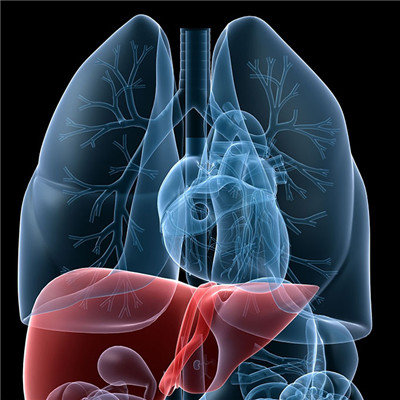
Severe hepatitis: is the most serious type of hepatitis, often manifested as liver failure, extreme fatigue, severe nausea and vomiting, rapid deepening of jaundice, progressive shrinkage of the liver, prone to a variety of complications, such as brain dysfunction, renal failure (uremia), gastrointestinal bleeding, the mortality rate of more than 70%.
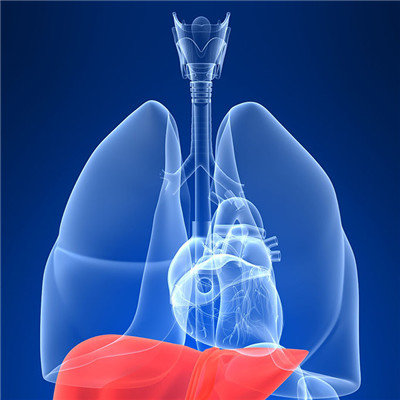
matters needing attention
(1) Improve the level of personal hygiene and carry out extensive health education. Wash hands and tableware with flowing water, bring your own tableware in the unit, and form a good habit of washing hands before and after meals. (2) the food industry should seriously implement the food hygiene law. In particular, the tableware should be sterilized, and serving of individual dishes or public chopsticks should be implemented in the dining hall and restaurant. Primary and secondary schools should supply boiled water, and students should bring their own cups. Ban unlicensed food vendors that do not meet the hygiene conditions. (3) strengthen the protection of water sources, and strictly prevent drinking water from being polluted by feces. We should strengthen the hygiene supervision of raw aquatic products. Strengthen the health protection of the water area of origin, and prevent the pollution of feces and domestic sewage. We should try our best to avoid eating water, fresh fruits, vegetables and shellfish that may have been polluted, and do a good job in environmental sanitation and fecal harmless treatment. (4) kindergartens should establish a practical health system and strictly implement the disinfection system for tableware and toilet. One person, one towel and one cup for children. We should also pay attention to the disinfection of diapers. The toys used by each team should be strictly separated and disinfected accordingly.
